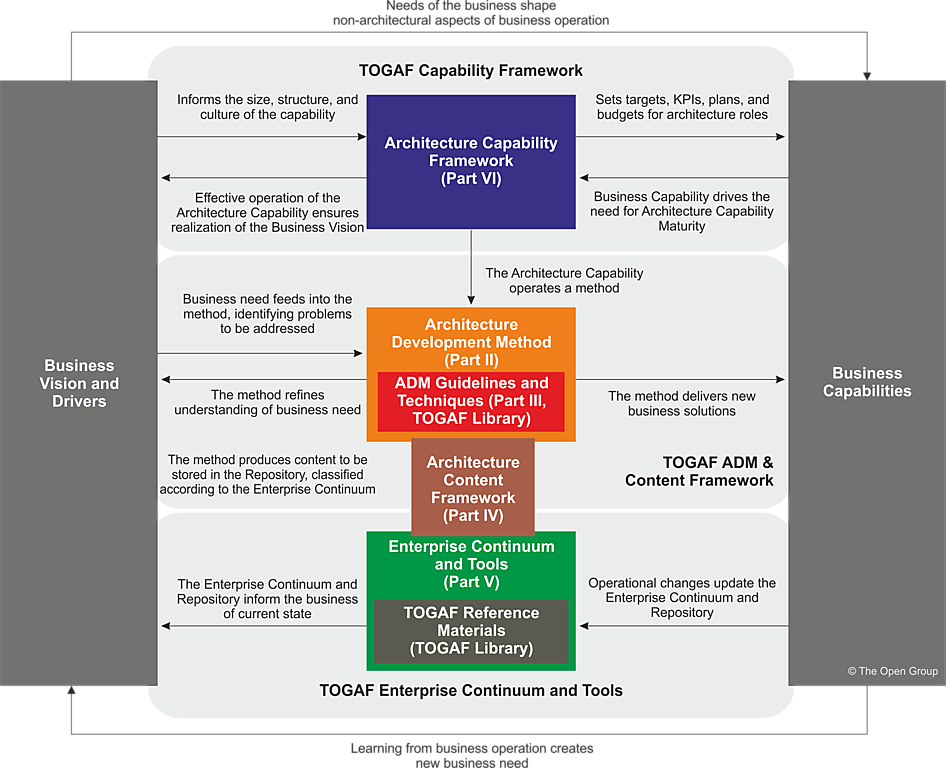Links: Journey to Data Scientist
Characteristics
- Ordered
- Can contain arbitrary objects
- Access via index
- Can be nested
- Mutable
1. Ordered
l = [21,5,3,18,34,67,9,12,88,73,65,13]
print(l)
Output: [21, 5, 3, 18, 34, 67, 9, 12, 88, 73, 65, 13]
2. Can contain arbitrary objects
l = [21,0x1e2f,'this is a string',3.142,8.176J,len('99999')]
print(l)
Output: [21, 7727, 'this is a string', 3.142, 8.176j, 5]
3. Access via index
l = [21,5,3,18,34,67,9,12,88,73,65,13]
print(l[0],l[-1])
Output: 21 13
4. Can be nested
l = [21,5,[3,18,34,[67,9,12],88,73],65,13]
print(l)
print(l[2][2])
print(l[2][3][2])
Output:
[21, 5, [3, 18, 34, [67, 9, 12], 88, 73], 65, 13]
34
12
5. Mutable
l = [21,5,3]
print(l)
del l[0]
print("Deleted l[0]:",l[0])
print(l)
l[1] = 99
print("Updated l[1] to 99:",l)
l += ["new"]
print("Added 'new':",l)
l += "hello"
print(l)
l.append("append")
print("Appended 'append':",l)
print(l + ["another","list"])
l.extend("extend")
print("Extended 'extend':",l)
l.insert(2,"insert")
print("Inserted 'insert':",l)
l.remove("l")
print("Removed first occurrence of 'l':",l)
l.pop()
print("Poped last item:",l)
l.pop(-4)
print("Poped last 4th item:",l)
print("Location of first 'e':",l.index("e"))
print("Number of 'e':",l.count("e"))
l.clear()
print("Empty the list:",l)
Output:
[21, 5, 3]
Deleted l[0]: 5
[5, 3]
Updated l[1] to 99: [5, 99]
Added 'new': [5, 99, 'new']
[5, 99, 'new', 'h', 'e', 'l', 'l', 'o']
Appended 'append': [5, 99, 'new', 'h', 'e', 'l', 'l', 'o', 'append']
[5, 99, 'new', 'h', 'e', 'l', 'l', 'o', 'append', 'another', 'list']
Extended 'extend': [5, 99, 'new', 'h', 'e', 'l', 'l', 'o', 'append', 'e', 'x', 't', 'e', 'n', 'd']
Inserted 'insert': [5, 99, 'insert', 'new', 'h', 'e', 'l', 'l', 'o', 'append', 'e', 'x', 't', 'e', 'n', 'd']
Removed first occurrence of 'l': [5, 99, 'insert', 'new', 'h', 'e', 'l', 'o', 'append', 'e', 'x', 't', 'e', 'n', 'd']
Poped last item: [5, 99, 'insert', 'new', 'h', 'e', 'l', 'o', 'append', 'e', 'x', 't', 'e', 'n']
Poped last 4th item: [5, 99, 'insert', 'new', 'h', 'e', 'l', 'o', 'append', 'e', 't', 'e', 'n']
Location of first 'e': 5
Number of 'e': 3
Empty the list: []
Slicing
l = [21,5,3,18,34,67,9,12,88,73,65,13]
print(l[3:7])
Output: [18, 34, 67, 9]
List Comprehension
l = [x for x in range(10)]
print(l)
Output: [0, 1, 2, 3, 4, 5, 6, 7, 8, 9]
Note:
List comprehension comes with cost.
- %timeit l = [0, 1, 2, 3, 4, 5, 6, 7, 8, 9]
- 63.7 ns ± 1.29 ns per loop
- %timeit l = [x for x in range(10)]
- 536 ns ± 11.1 ns per loop
- %timeit l = list(map(lambda x: x, range(10)))
- 959 ns ± 12.1 ns per loop

